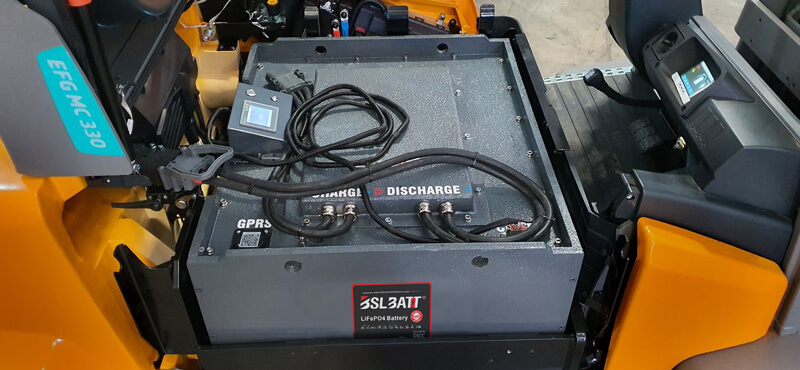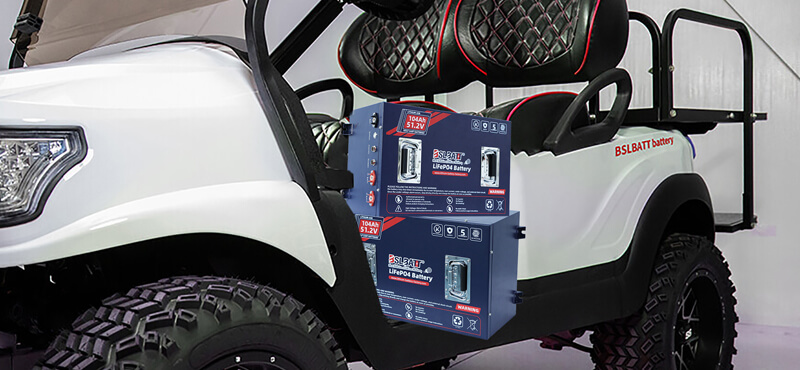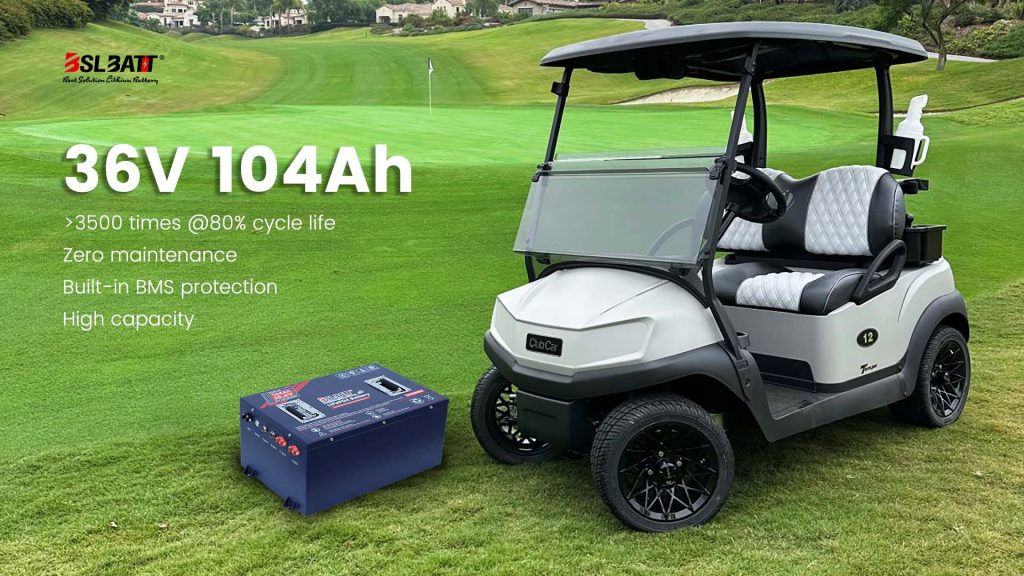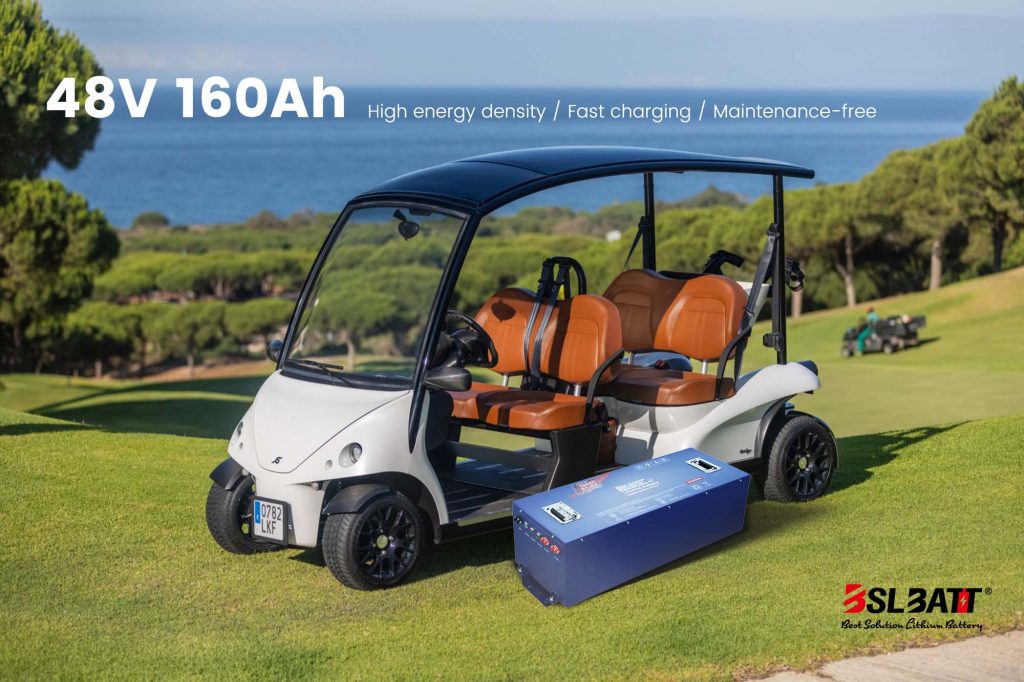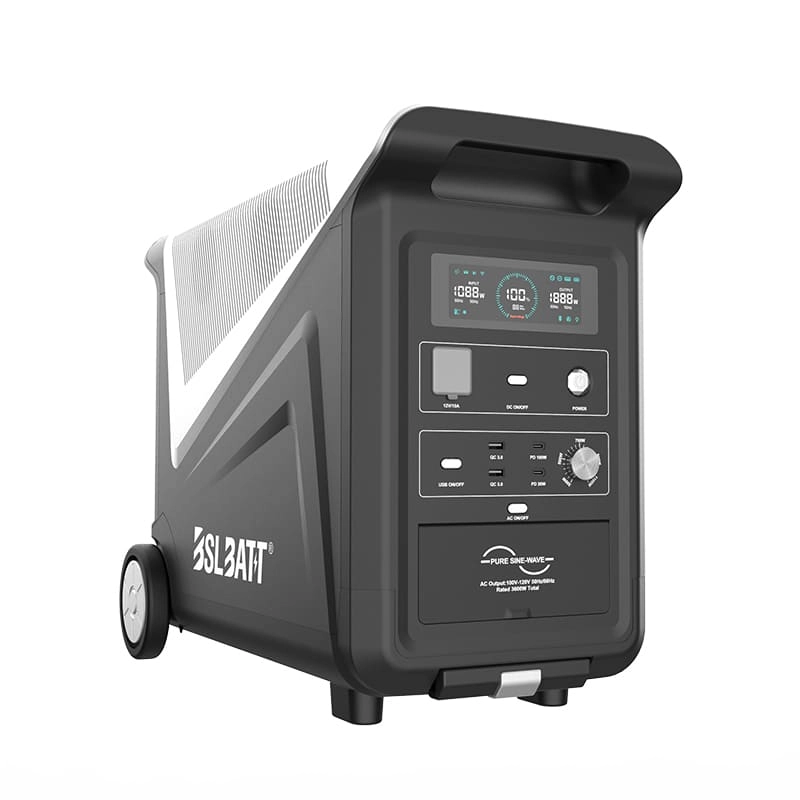
- China
- English
- Françai
- Español
- Deutsch
- Română
- العربية
- 한국어
- 日本語
- Italiano
- Português
- Gaeilge
- Dansk
- Čeština
- Русский
- Afrikaans
- Euskara
- Català
- Esperanto
- हिन्दी
- Ελληνικά
- Bahasa Melayu
- Polski
- Српски
- Kiswahili
- ภาษาไทย
- Tiếng Việt
- Türkçe
- Svenska
- Cymraeg
- Slovenčina
- Latviešu
- Malti
- Magyar
- Galego
- ગુજરાતી
- Eesti Keel
- বাংলা
- Shqip
- беларуская мова
- Nederlands
- Tagalog
- ქართული
- Íslenska
- Kreyòl Ayisyen
- Lietuvių
- Norsk
- slovenščina
- தமிழ்
- Українська
- ײִדיש
- اردو
- తెలుగు
- فارسی
- македонски
- ಕನ್ನಡ
- Bahasa Indonesia
- עברית
- Suomi
- Hrvatski
- Български
- Azerbaijani

Industry Application
Product Type
How to Choose the Battery For Tractor Mower
Selecting the right battery for your tractor mower ensures reliable performance and extends its lifespan. You must evaluate factors like battery type, size, and voltage to match your mower’s requirements. Neglecting these considerations can lead to inefficiency or damage. Always choose the battery that aligns with your mower’s specifications for optimal results.
Types of Batteries to Choose
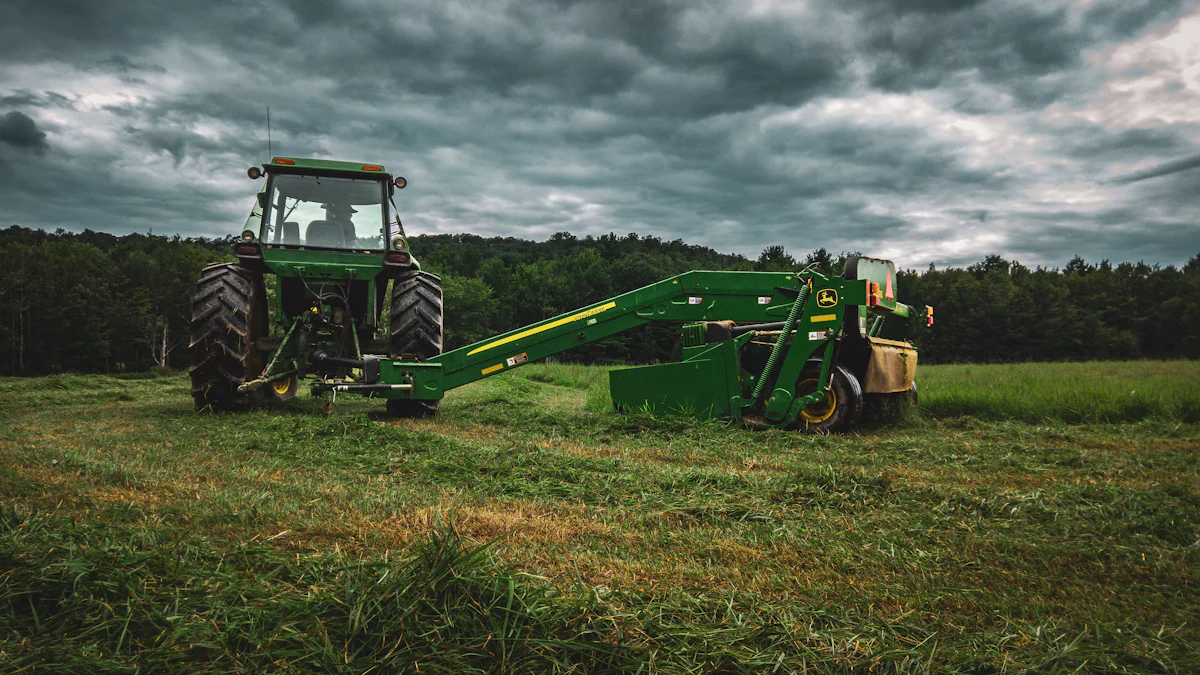
When you choose the battery for your tractor mower, understanding the differences between lead-acid and lithium-ion batteries is essential. Each type offers unique benefits and drawbacks, depending on your needs and budget.
Lead-Acid Batteries
Lead-acid batteries are a traditional choice for tractor mowers. They are widely available and cost-effective, making them a popular option for many users. These batteries typically last between 2 to 6 years, depending on usage and maintenance. However, they require regular upkeep, such as checking and refilling water levels, to ensure proper functioning.
One drawback of lead-acid batteries is their higher self-discharge rate. They lose about 30% of their charge per month, which can lead to starting issues if the mower sits idle for extended periods. Additionally, their cycle life is limited to around 400 cycles, meaning they may need replacement sooner than other options. Despite these limitations, lead-acid batteries remain a reliable choice for those seeking affordability.
Lithium-Ion Batteries
Lithium-ion batteries are a modern alternative that offers superior performance and convenience. These batteries last significantly longer, with a lifespan of 5 to 10 years and up to 5,000 charge cycles. Unlike lead-acid batteries, lithium-ion batteries require minimal maintenance. You won’t need to worry about water refilling or other time-consuming tasks.
Lithium-ion batteries also charge faster, reducing downtime for your equipment. They discharge at a much slower rate—only 2% per month—ensuring reliability even after long periods of inactivity. Additionally, they are up to 70% lighter than lead-acid batteries, which can improve your mower’s efficiency and ease of use. While they come at a higher upfront cost, their durability and low maintenance make them a worthwhile investment for long-term use.
Tip: If you prioritize longevity, reliability, and reduced maintenance, lithium-ion batteries are an excellent choice for your tractor mower.
Brand: Stick to well-known brands such as BSLBATT, Trojan, etc. to ensure quality and reliability.
Key Specifications to Choose the Battery
Battery Size and Dimensions
When selecting a battery for your tractor mower, size and dimensions are critical. A battery that doesn’t fit properly can lead to installation issues or damage to your equipment. Tractor mower batteries come in various sizes, often categorized by group numbers. The table below highlights some common battery groups and their dimensions:
| Battery Group | Length (inches) | Width (inches) | Height (inches) | Voltage |
|---|---|---|---|---|
| U1 | 7.75 | 5.1875 | 7.3125 | 12V |
| YTX30L-BS | 6.5625 | 4.9375 | 6.8750 | 12V |
| 22F | 9.5 | 6.875 | 7.3125 | 12V |
| 31 | 13 | 6.72 | 9.44 | 12V |
Always measure your mower’s battery compartment and compare it with the dimensions of the battery you plan to purchase. This ensures a secure fit and prevents operational issues.
Voltage and Cold Cranking Amps (CCA)
Voltage and CCA are essential for your mower’s performance. Most tractor mower batteries operate at 12 volts, which is standard for residential and commercial mowers. Cold Cranking Amps (CCA) measure the battery’s ability to start the engine in cold temperatures. A higher CCA rating ensures reliable starts, especially in colder climates or after long periods of inactivity.
- For residential mowers (12-18 HP), CCA ratings typically range from 175-300.
- For commercial or zero-turn mowers, CCA ratings range from 275-450.
If you live in a region with harsh winters, prioritize a battery with a higher CCA rating to avoid starting issues.
Capacity and Reserve Time
Battery capacity and reserve time determine how long your mower can operate without recharging. Capacity is measured in ampere-hours (Ah) and indicates the amount of energy the battery can store. A higher capacity means longer runtime, which is ideal for larger lawns or extended mowing sessions. Reserve time refers to how long the battery can supply power if the charging system fails.
When you choose the battery, consider your mowing needs. For frequent or heavy-duty use, opt for a battery with higher capacity and reserve time. This ensures uninterrupted performance and reduces the risk of downtime.
Ensuring Compatibility with Your Tractor Mower
Checking the Owner’s Manual
Your tractor mower’s owner’s manual is the most reliable source for determining the correct battery specifications. It provides essential details to ensure compatibility and prevent performance issues.
- The manual lists the required voltage for your mower’s battery, helping you avoid power mismatches.
- It specifies the recommended Cold Cranking Amps (CCA) to ensure smooth engine starts.
- It includes the exact battery group size, ensuring a proper fit in the compartment.
Always refer to the manual before you choose the battery. This step eliminates guesswork and ensures your mower operates efficiently.
Matching Terminals and Connections
Battery terminals and connections play a crucial role in compatibility. Tractor mower batteries typically have top or side-mounted terminals. Ensure the terminal type matches your mower’s wiring setup. Incorrect terminal placement can lead to installation challenges or electrical issues.
Inspect the polarity of the terminals. The positive (+) and negative (-) terminals must align with your mower’s connections. Reversing the polarity can damage the electrical system. Double-check these details before purchasing a battery to avoid costly mistakes.
Verifying Voltage and CCA Requirements
Voltage and CCA are critical for your mower’s performance. Most tractor mowers require a 12-volt battery. Verify this specification in the manual or on the old battery’s label.
Cold Cranking Amps (CCA) determine the battery’s ability to start the engine in cold conditions. A higher CCA rating ensures reliable starts, especially in colder climates. Match the CCA rating to your mower’s requirements for optimal performance. This step ensures the battery delivers sufficient power without overloading the system.
Identifying a Failing Battery
A failing battery can disrupt your tractor mower’s performance and lead to costly repairs. Recognizing the warning signs early helps you address issues before they escalate.
Difficulty Starting the Mower
One of the first signs of a failing battery is trouble starting your mower. If the engine cranks slowly or fails to start altogether, the battery may not be delivering enough power. This issue becomes more noticeable in colder weather when the battery’s performance naturally decreases. Regularly testing the battery’s voltage can confirm if it’s dropping below the recommended 12 volts. A consistent drop indicates it’s time for a replacement.
Dimming Lights or Electrical Issues
Flickering or dimming lights often signal a weakening battery. Electrical components, such as headlights or dashboard indicators, may malfunction due to insufficient power. These issues can worsen over time, affecting the mower’s overall functionality. Low voltage is a common culprit behind these problems. If you notice these symptoms, inspect the battery immediately to prevent further damage to the electrical system.
Corrosion or Physical Damage
Visible corrosion around the battery terminals is another clear indicator of a failing battery. Corrosion occurs when the battery begins to degrade, leading to poor connections and reduced efficiency. You might also spot physical damage, such as cracks or leaks, which compromise the battery’s performance. Ignoring these signs can result in safety hazards or complete battery failure. Regularly inspecting the battery for corrosion or damage ensures your mower operates safely and efficiently.
Note: Using a failing battery can lead to risks like electrical malfunctions, reduced mower performance, or even damage to the engine. Addressing these issues promptly protects your equipment and saves you from unnecessary expenses.
Replacing the Battery

Replacing the battery in your tractor mower is a straightforward process when you have the right tools and follow proper safety precautions. This guide will help you complete the task efficiently and safely.
Tools Required
Before you begin, gather the necessary tools to ensure a smooth replacement process. Here’s what you’ll need:
- A wrench or socket set to loosen and tighten the terminal bolts.
- Safety gloves to protect your hands from battery acid or sharp edges.
- Safety glasses to shield your eyes from accidental sparks.
- A clean cloth or wire brush to remove corrosion from the terminals.
- A new battery that matches your mower’s specifications.
Having these tools ready will save time and prevent interruptions during the replacement.
Step-by-Step Replacement Process
Follow these steps to replace your tractor mower battery:
1. Park your mower on a dry, level surface and turn it off. Remove the ignition key to prevent accidental starting.
2. Locate the battery compartment, typically under the seat or hood. Open it carefully.
3. Disconnect the negative (black) terminal first to avoid electrical shorts. Then, disconnect the positive (red) terminal.
4. Remove the old battery. If it’s heavy, ask for assistance to avoid injury.
5. Clean the terminals with a wire brush or cloth to remove any corrosion.
6. Place the new battery in the compartment, ensuring it fits securely.
7. Reconnect the terminals, starting with the positive (red) terminal, followed by the negative (black) terminal. Tighten the connections with a wrench.
8. Close the battery compartment and test the mower to ensure the new battery functions correctly.
Dispose of the old battery at a recycling center to comply with environmental regulations.
Safety Tips During Replacement
Prioritize safety when replacing your battery. Keep these tips in mind:
- Always turn off the mower and remove the key before starting.
- Wear gloves and safety glasses to protect against sparks or battery acid.
- Disconnect the negative terminal first to prevent electrical shorts.
- Avoid touching both terminals simultaneously with metal tools to reduce the risk of sparks.
- Work in a well-ventilated area to avoid inhaling harmful fumes.
By following these precautions, you can replace your battery safely and efficiently.
Tip: Regularly inspect your battery for signs of wear or corrosion to avoid unexpected failures.
Maintenance Tips for Battery Longevity
Proper maintenance ensures your tractor mower battery performs efficiently and lasts longer. By following these essential tips, you can avoid unexpected failures and maximize the lifespan of your battery.
Regular Cleaning and Inspection
Routine cleaning and inspection prevent corrosion and maintain strong electrical connections. Here’s how you can keep your battery in top condition:
- Check the electrolyte levels in wet cell batteries and refill with distilled water if necessary.
- Clean the terminals using a baking soda and water solution to neutralize acid buildup. Use a small brush to scrub away corrosion.
- Apply a corrosion inhibitor or grease to the terminals after cleaning to prevent future buildup.
- Inspect the battery for cracks, leaks, or other physical damage during each cleaning session.
Regularly inspecting your battery ensures it remains safe and functional, reducing the risk of performance issues.
Proper Charging Practices
Charging your battery correctly is crucial for maintaining its capacity and preventing premature wear. Follow these best practices to optimize charging:
- Charge wet cell batteries periodically, especially if the mower is not in regular use.
- Use a trickle charger to maintain the charge over extended periods without overcharging.
- Avoid deep discharges, as they can reduce the battery’s ability to hold a charge.
- Disconnect the battery from the mower before charging to prevent electrical damage.
By adopting these practices, you can ensure your battery remains reliable and ready for use.
Storing the Battery During Off-Season
Proper storage during the off-season protects your battery from damage and extends its lifespan. Follow these steps for effective storage:
- Remove the battery from the mower, starting with the negative cable.
- Store the battery in a protective box to shield it from moisture and physical damage.
- Choose a cool, dry location to prevent temperature-related degradation.
- Keep the battery charged using a trickle charger to maintain its capacity.
- Clean the terminals before storage to ensure a strong connection when reinstalled.
- For wet cell batteries, check and refill water levels with distilled water if needed.
- Inspect the battery monthly to confirm it holds a charge and remains in good condition.
Proper storage prevents unnecessary wear and ensures your battery is ready for the next mowing season.
Tip: Consistent maintenance not only extends the life of your battery but also enhances the overall performance of your tractor mower.
FAQ
What is the average lifespan of a tractor mower battery?
The lifespan depends on the type. Lead-acid batteries last 2–6 years, while lithium-ion batteries can last 5–10 years with proper maintenance.
How do you know when to replace your tractor mower battery?
Replace the battery if you notice difficulty starting, dimming lights, or visible corrosion. Regular voltage testing below 12 volts also indicates replacement is necessary.
Can you use a car battery in a tractor mower?
No, car batteries are not compatible. Tractor mower batteries are smaller and designed for lower power requirements. Always use a battery that matches your mower’s specifications.
Tip: Refer to your owner’s manual for exact battery requirements to avoid compatibility issues.
A Guide to Choosing the Best 48V Lithium Golf Cart Battery
Would it be worth investing in a 48V ...
10 Exciting Ways To Use Your 12V Lithium Batteries
Back in 2016 when BSLBATT first began designing what would become the first drop-in replacemen...
BSLBATT Battery Company Receives Bulk Orders from North American Customers
BSLBATT®, a China Forklift battery manufacturer specializing in the material handling indust...
Fun Find Friday: BSLBATT Battery is coming to another great LogiMAT 2022
MEET US! VETTER’S EXHIBITION YEAR 2022! LogiMAT in Stuttgart: SMART – SUSTAINABLE – SAF...
Looking for new Distributors and Dealers for BSL Lithium Batteries
BSLBATT battery is a fast-paced, high-growth (200% YoY ) hi-tech company that is leading the a...
BSLBATT to Participate at MODEX 2022 on March 28-31 in Atlanta, GA
BSLBATT is one of the largest developers, manufacturers, and integrators of lithium-ion batter...
What makes the BSLBATT the Superior Lithium Battery for your Motive Power needs?
Electric forklift and Floor Cleaning Machines owners who seek the ultimate performance will fi...






